By Alan Levitt and William Loux
When the U.S. Dairy Export Council wrote its original article in January identifying 2020 signposts, a worldwide pandemic was not on the radar. Now, COVID-19 is the defining factor for the year and beyond.
In the midst of the uncertainty, below are USDEC’s revised signposts for 2020 amid the COVID-19 crisis. These nine signposts, like signposts on a road, will indicate the direction of U.S. dairy exports in the uncertain year ahead.
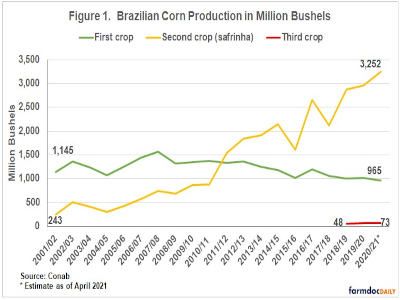
1. Global Health and Economic Impacts of COVID-19
The first area to watch is the one that will be most visible to readers but least connected to dairy: public health, lockdowns and the economic implications, which are all interconnected.
As governments grapple with slowing the spread of COVID-19 and minimizing its impact on public health, the world’s economies are grinding to a halt. Recovery in China has been slower than hoped for so far in Q2, while the world’s other major economies are entering severe recessions. Quarantine measures, general uncertainty and stifled cash flow are impacting both individuals and businesses. The IMF projects global GDP will decline by 3.0% in 2020 with advanced economies taking the biggest hit with a forecast contraction of 6.1%.
In the short term, the macroeconomic uncertainty is strengthening an already-strong dollar as investors prioritize security. This impacts several key dairy importing countries, namely Indonesia, Malaysia and, most dramatically, Mexico.
A strong U.S. dollar makes all dairy imports more expensive in the local currency, which will dampen demand in price sensitive markets despite lower prices in U.S. dollar terms. The dollar should return to a more normal level as the global economic situation stabilizes, but how long that takes will be a key factor to watch for international dairy demand in 2020.
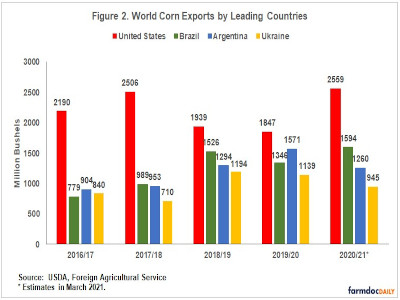
In the longer term, a prolonged recession will reduce purchasing power for consumers, which will in turn change eating habits. Namely, consumers will probably eat out in restaurants less frequently, even after quarantine measures are relaxed, and gravitate away from more specialty items when they go to the grocery store.
In international markets, a major signpost to watch will be whether consumers in importing countries view dairy as a diet staple or more of a luxury for special occasions if wallets are tighter.
2. Oil Prices
Alongside the economic turbulence from COVID-19, oil prices plunged in late February-early March as global energy demand fell and geopolitical disputes between Saudi Arabia and Russia resulted in increased output. For dairy, low oil prices reduce purchasing power for major energy producers. This will most readily affect Middle East/North Africa buyers, who purchased 21% of the world’s butterfat, 20% of the globe’s milk powder, and 13% of world’s cheese in 2019. While the EU is the predominant supplier to the region, any reduction in demand will result in more product without a home and increase competition in other markets.
3. Mexico’s Economy
The collapse in oil prices and COVID-19 disruption is also exacerbating underlying economic weakness in the U.S.’s largest market, Mexico. Mexico’s GDP had already declined by 0.1% in 2019 as government spending fell alongside decelerations in manufacturing activity and investment partly due to an uncertain policy environment. Now, with the U.S. economy under pressure from COVID-19, a sluggish government response to pandemic, and plunging oil revenues, the International Monetary Fund is projecting a 6.6% decline in real GDP for 2020.
Readers will want to watch how a severe recession in Mexico impacts dairy demand, especially for cheese.
Initially, Mexico will experience a similar decline in foodservice demand as lockdowns on restaurants and physical distancing requirements persist. This will weigh negatively on cheese demand even as retail sales likely accelerate in the short-term as consumers stock up. As day-to-day life returns to some normalcy, consumers will probably be working from a tighter budget and dining out less regardless of prolonged distancing requirements. Dairy is a strong staple in the Mexican diet so overall consumption may be stable, but more expensive imports or cheese used in foodservice may be impacted.
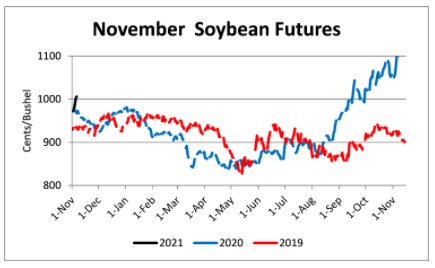
Additionally, a severe contraction and lack of investor confidence in Mexico’s economy will continue to weigh on the Mexican peso. As mentioned, the rapid decline of the peso makes imported product more expensive. In fact, the peso’s decline has been so severe, Mexican buyers have essentially missed out on the decline in price in the U.S., especially for NFDM/SMP. With Mexico buying roughly half of U.S. NFDM/SMP exports and more than a quarter of U.S. cheese exports, reductions in purchasing power and/or overall demand will be a key factor to watch in the months ahead.
4. China’s Recovery
For signs of recovery, exporters should watch the market where the COVID-19 pandemic first hit: China. China remains the world’s largest dairy importer, importing roughly 19% of global dairy exports, and the country’s recovery of foodservice and dairy demand will play a major role in global demand in the months ahead.
China’s demand will be impacted by two factors. First, inventories of milk powder are reported to be heavy. Domestic milk production is geared towards fresh milk outlets, including Starbucks, boba tea, etc., but with those shut during the lockdown, domestic milk production was sent to the dryer for storage.
Accurate figures on production and inventory levels are notoriously difficult to estimate in China, but it seems a safe assumption this will weigh on powder demand in the months ahead.
The second factor, especially for U.S. exporters, will be how quickly China replenishes its pig population following the devastation of African Swine Fever. Prior to COVID-19, China began buying more whey, and there were frequent reports of China’s herd rebuild. Likely some of that was put on pause during the lockdown period, but fundamentals still suggest China will want to restock quickly. This will drive international whey demand as China buys roughly one-third of the world’s whey exports.
Additionally, the Phase I U.S.-China trade deal should create opportunities for U.S. exporters to recover and expand market share. The question will be how much China wants to buy and whether importers will prioritize U.S. suppliers in an effort to abide by the terms of the agreement. The Phase I deal also allowed whey permeate to be used in food applications, rather than just feed. While it may take several years for this market to fully develop, U.S. exporters can lay the building blocks to capture a large, previously undeveloped market for whey permeate in 2020.
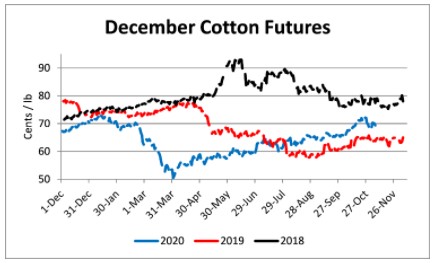
5. Southeast Asia's Appetite
If demand is limited in Mexico and China, the United States and other global exporters will be focusing heavily on Southeast Asia. As a region, Southeast Asia bought 30% of global NFDM/SMP exports in 2019 – roughly double the volumes of Mexico – and 28% of global whey exports. The region’s cheese demand is smaller relative to its demand for other dairy products, but it still imports around 130,000 MT annually.
Observers should watch how hungry Southeast Asia is for dairy imports, even at lower prices. COVID-19 is changing daily life in Southeast Asia as governments implement aggressive policy measures to contain the virus. In Singapore, for instance, tightened regulations have shuttered a variety of food manufacturing and retailing facilities.
The region’s economic outlook is heavily dependent on China’s performance, which remains subdued even after measures to open the economy have gone into effect. The uncertain GDP outlook is compounded by weakening currencies in Indonesia, Malaysia and Thailand.
For U.S. exporters, there is ample opportunity to gain market share and increase volumes even if overall demand takes a step back in the region. The U.S. accounted for 24% of total solids shipped to Southeast Asia in 2019. With U.S. prices competitive, we should see U.S. market share climb. The signpost to watch will be how much Southeast Asia is willing to buy and of what product.
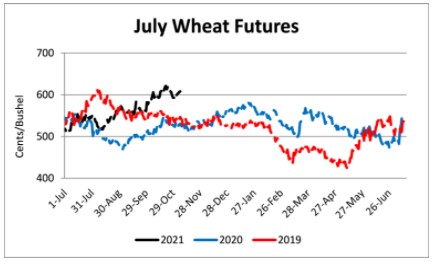
Click here to see more...